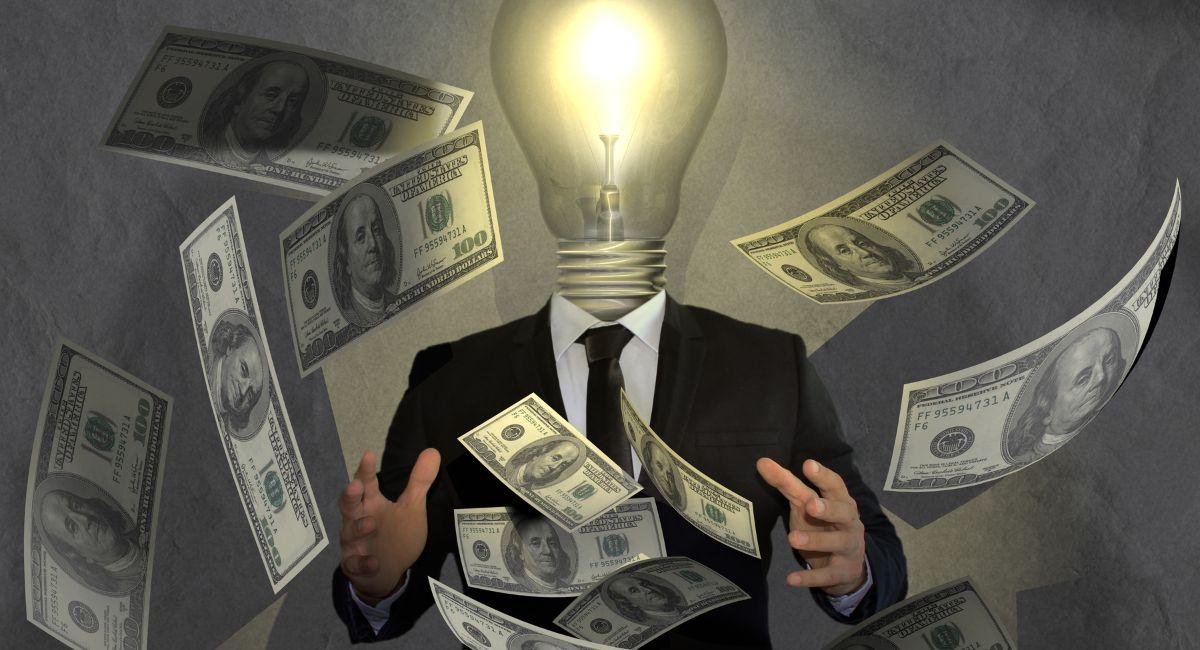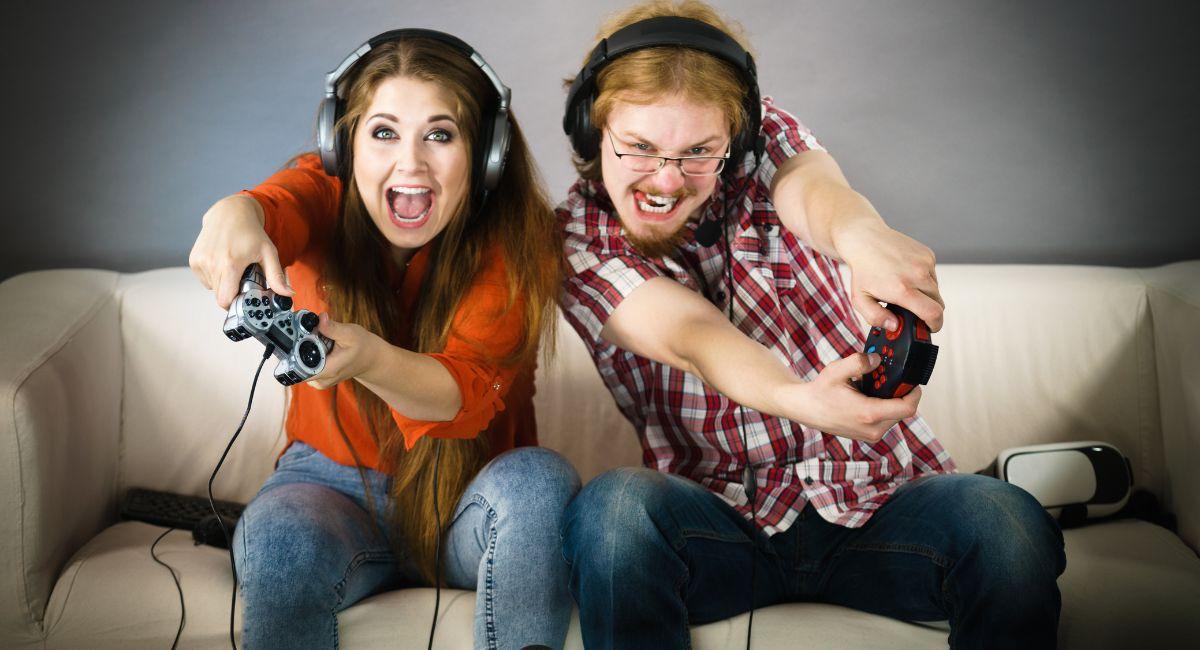Play-to-Earn Models: Top 10 Amazing Ways NFT Games Are Funding The Future Of Blockchain
The landscape of gaming is undergoing a seismic shift. Gone are the days of simply accumulating virtual trinkets with no real-world value. The rise of blockchain technology and non-fungible tokens (NFTs) has ushered in the era of play-to-earn (P2E) gaming, where players can not only enjoy their favorite titles but also potentially earn cryptocurrency or valuable in-game assets. This paradigm shift is not just revolutionizing the gaming industry; it’s also acting as a significant source of funding for the future of blockchain technology.
From Pixels to Profits: Understanding Play-to-Earn
Play-to-Earn games leverage blockchain technology to create verifiable ownership of in-game items and characters. These digital assets are represented as NFTs, unique tokens stored on a blockchain that can be bought, sold, or traded on dedicated marketplaces. This ownership empowers players in several ways:
- Earning Potential: P2E games offer players the opportunity to earn cryptocurrency or in-game tokens through various activities, like completing quests, participating in battles, or breeding virtual creatures. These tokens can then be cashed out for real-world currency or used within the game’s ecosystem.
- True Ownership: Unlike traditional games where players only have limited rights over their in-game possessions, P2E grants true ownership of acquired NFTs. Players can freely trade these assets with other players, potentially profiting from their skills and dedication within the game.
- Increased Engagement: The prospect of earning real-world rewards incentivizes deeper engagement with P2E games. Players are more likely to invest time and effort into a game where their achievements can translate into tangible benefits.
Fueling Innovation: How P2E Funds the Blockchain Future

The rise of Play-to-Earn gaming is having a ripple effect on the entire blockchain ecosystem. Here’s how:
- Funding for Development: The revenue generated through P2E models, primarily from NFT sales and in-game transactions, provides a new source of funding for blockchain game development. This allows developers to create more sophisticated and immersive P2E experiences, further fueling the growth of the sector.
- Increased Blockchain Adoption: The popularity of P2E games attracts new users to the world of blockchain technology. As players engage with in-game marketplaces and interact with cryptocurrency, they gain exposure to the underlying mechanisms and potentially become more invested in the broader blockchain ecosystem.
- Expansion of Use Cases: P2E demonstrates the real-world utility of NFTs and blockchain technology beyond just financial speculation. This successful application can lead to further exploration and innovation in other sectors, ultimately expanding the reach and impact of blockchain.
Funding the Future of Blockchain
The world of gaming has undergone a revolutionary transformation with the emergence of Play-to-Earn (P2E) models powered by Non-Fungible Tokens (NFTs). These innovative games are not just about entertainment; they’re creating a new paradigm where players can earn real-world value through their gameplay. This not only incentivizes players but also unlocks exciting possibilities for funding the future of blockchain technology. Let’s delve deeper into the top 10 Play-to-Earn models that are revolutionizing the gaming industry and fueling the future of blockchain:
1. Owning In-Game Assets: The Power of NFT Ownership
Imagine a game where the items you acquire aren’t just digital trinkets but valuable assets you truly own. P2E games leverage NFTs to represent in-game items like weapons, armor, land, or even characters. Players can earn these NFTs through gameplay, purchase them from other players on secondary marketplaces, and even breed or craft new ones. This empowers players with true ownership and the ability to monetize their in-game assets.
2. Earning Through Play: Rewards for Time and Skill
P2E games reward players not just with bragging rights but with tokens or cryptocurrencies for their time and dedication. These rewards can be earned through various activities like completing quests, participating in battles, or exploring the game world. Players can then choose to hold these tokens for potential value appreciation or sell them on cryptocurrency exchanges to convert them into real-world money.
3. Staking and Passive Income: Put Your Assets to Work
Some P2E games offer staking mechanisms, allowing players to lock up their in-game NFTs or tokens to earn rewards passively. This incentivizes long-term engagement and fosters a healthy in-game economy. Imagine earning rewards simply for holding onto your valuable in-game assets!
4. Breeding and Marketplace Sales: Create and Earn
Many P2E games allow players to breed their in-game NFTs, creating new and potentially rarer assets. These offspring can then be used in-game or sold on secondary marketplaces to other players, generating additional income streams for creative and strategic players. This breeding mechanic adds a layer of complexity and strategy to the gameplay loop, while also stimulating the in-game economy.
5. Guilds and Scholarships: Collaboration and Shared Success
The rise of P2E games has fostered the emergence of guilds – communities of players who collaborate to achieve shared goals. These guilds can offer scholarships, providing new players with access to the game by lending them NFTs or in-game assets. The profits are then shared between the scholar and the guild, creating a win-win scenario for both parties.
6. Governance and Decision-Making: Shaping the Future
Some P2E games empower players with governance rights through their NFT ownership. These governance tokens allow players to participate in voting on important decisions related to the game’s development, such as future updates, rule changes, or resource allocation. This fosters a sense of community ownership and empowers players to actively shape the future of the game they’re invested in.
7. Land Ownership and Earning Potential
P2E games with expansive virtual worlds often allow players to own parcels of land as NFTs. These virtual land plots can be used for various purposes, such as building structures, crafting resources, or hosting events. Landowners can then charge other players fees to access their land, creating another avenue for generating income within the game. Imagine owning a prime location in a popular virtual world and profiting from the activity it attracts!
8. Advertising and In-Game Sponsorships
As P2E games attract larger player bases, they become attractive platforms for brands and advertisers. This opens doors for in-game advertising opportunities, where brands can pay players to wear branded clothing, display logos on their virtual land, or host sponsored events within the game. This creates a new revenue stream for both players and game developers.
9. Subscriptions and Premium Features
P2E games can offer freemium models, where basic gameplay is free but additional features or benefits can be accessed through paid subscriptions. These subscriptions can provide advantages like increased earning potential, exclusive cosmetic items, or early access to new content. This caters to different player preferences and allows developers to generate sustainable revenue streams.
10. Esports and Competitive Gaming: Turning Play into a Profession
The rise of P2E has fueled the growth of esports within the blockchain gaming space. Skilled players can now compete in tournaments and leagues for substantial prize pools, potentially turning their P2E skills into a lucrative profession. This adds a professional layer to P2E gaming and incentivizes players to hone their skills and compete at the highest level.
The Play-to-Earn Revolution: Funding the Future of Blockchain, But Challenges Remain

The emergence of Play-to-Earn (P2E) models powered by NFTs has undoubtedly revolutionized the gaming industry. These innovative games offer exciting possibilities for funding the future of blockchain technology. However, alongside the immense potential, there are challenges and considerations that need to be addressed for P2E to reach its full potential as a sustainable force.
Challenges to Consider:
-
Play-to-Earn vs. Play-for-Fun: There’s a delicate balance to be struck. If the focus becomes solely on earning, the core gameplay experience can suffer. Games need to be inherently fun and engaging to retain players in the long run. A sustainable Play-to-Earn model should prioritize enjoyable gameplay alongside the earning potential.
-
The Cash-Grab Threat: The Play-to-Earn space is a new frontier, and some bad actors might be tempted to create low-quality games focused solely on luring players in and profiting from token sales, with little regard for long-term development or player experience. Identifying and avoiding such cash-grab attempts is crucial for players and the overall health of the P2E ecosystem.
-
Tokenomics and Sustainability: The long-term viability of a P2E game hinges on well-designed tokenomics. Inflation, excessive token creation, and imbalanced economies can lead to a crash in token value, ultimately harming players and the game’s ecosystem. Careful consideration needs to be given to token supply, utility, and burn mechanisms to ensure a sustainable economic model.
-
Scalability and Transaction Fees: As P2E games gain traction, scalability issues on some blockchains can lead to high transaction fees. This can eat into player earnings and hinder the overall user experience. The adoption of Layer-2 solutions and blockchain advancements are crucial for scaling P2E games to accommodate larger player bases.
-
Regulations and Legal Uncertainties: The regulatory landscape surrounding P2E games and NFTs is still evolving. Uncertainties regarding token classification and potential gambling regulations can create hurdles for developers and players alike. Clearer regulations are needed to foster innovation and protect players within the P2E space.
Considerations for a Thriving Future:
-
Focus on Quality and Innovation: For Play-to-Earn to flourish, the focus should be on creating high-quality, engaging games that provide a fun and rewarding experience alongside the earning potential. Innovation in gameplay mechanics, storytelling, and world-building will be key to attracting and retaining players in the long run.
-
Prioritizing Community and Engagement: Building a strong and engaged community is vital for the success of any P2E game. Developers should actively engage with their player base, address concerns, and take community feedback into consideration when making development decisions.
-
Transparency and Trust: Building trust with players is paramount. Clear communication about tokenomics, in-game item ownership rights, and future development plans is essential. Transparency fosters a sense of security and encourages players to invest their time and resources into the game.
-
Embracing Blockchain Advancements: The success of P2E is intertwined with the advancements of blockchain technology. The adoption of scalable blockchains, faster transaction speeds, and lower fees will be crucial for creating a seamless and enjoyable gaming experience.
-
Collaboration and Partnerships: Collaboration between P2E game developers, blockchain companies, and traditional gaming companies can accelerate innovation and growth within the Play-to-Earn space. Strategic partnerships can unlock new possibilities for in-game experiences, token utilities, and mainstream adoption.
A Promising Future, But Work Remains
Play-to-Earn models hold immense potential to revolutionize the gaming industry and contribute significantly to the future of blockchain technology. However, addressing the challenges and implementing the considerations outlined above are crucial for ensuring the long-term sustainability and success of P2E. By prioritizing quality gameplay, fostering strong communities, embracing innovation, and navigating the evolving regulatory landscape, P2E can usher in a new era of gaming where playing isn’t just about fun, but can also be a rewarding path to financial empowerment. The future of P2E is bright, but the journey towards a thriving and sustainable ecosystem requires collaboration, innovation, and a commitment to creating a positive experience for both players and the broader blockchain community.
Also, read – The Rise of Play-to-Earn NFT Games And Top 10 Things That Make Them Unique
Conclusion: A Collaborative Future for Gaming and Blockchain
The rise of Play-to-Earn models marks a pivotal moment in the convergence of gaming and blockchain technology. By offering players ownership, earning potential, and deeper engagement, P2E is not just transforming gaming; it’s also fueling innovation within the broader blockchain ecosystem. Addressing the challenges and fostering collaboration between game developers, blockchain experts, and players will be key to unlocking the full potential of P2E and shaping the future of blockchain technology. As the industry matures, we can expect to see P2E games evolve beyond just earning mechanics, offering immersive experiences that seamlessly integrate blockchain technology into the core gameplay loop. The future of gaming and blockchain is likely to be a collaborative one, built on the foundation laid by the Play-to-Earn revolution.
Stay informed with daily updates from Blockchain Magazine on Google News. Click here to follow us and mark as favorite: [Blockchain Magazine on Google News].
Get Blockchain Insights In Inbox
Stay ahead of the curve with expert analysis and market updates.
latest from tech
Disclaimer: Any post shared by a third-party agency are sponsored and Blockchain Magazine has no views on any such posts. The views and opinions expressed in this post are those of the clients and do not necessarily reflect the official policy or position of Blockchain Magazine. The information provided in this post is for informational purposes only and should not be considered as financial, investment, or professional advice. Blockchain Magazine does not endorse or promote any specific products, services, or companies mentioned in this posts. Readers are encouraged to conduct their own research and consult with a qualified professional before making any financial decisions. The featured image used is just a creative depiction of the title and it does not intend to hurt sentiments of any person or institution. If it hurts anyone sentiments, please do not hesitate to reach out to Blockchain Magazine.

 Bitcoin
Bitcoin  Ethereum
Ethereum  XRP
XRP  Tether
Tether  Solana
Solana  Dogecoin
Dogecoin  USDC
USDC  Cardano
Cardano  Lido Staked Ether
Lido Staked Ether  TRON
TRON  Chainlink
Chainlink  Avalanche
Avalanche  Sui
Sui  Wrapped stETH
Wrapped stETH  Wrapped Bitcoin
Wrapped Bitcoin  Stellar
Stellar  Toncoin
Toncoin  Hedera
Hedera  Shiba Inu
Shiba Inu  Polkadot
Polkadot  WETH
WETH  Litecoin
Litecoin  LEO Token
LEO Token  Bitcoin Cash
Bitcoin Cash  Bitget Token
Bitget Token  Official Trump
Official Trump  Uniswap
Uniswap  Hyperliquid
Hyperliquid  Pepe
Pepe  Wrapped eETH
Wrapped eETH  USDS
USDS  NEAR Protocol
NEAR Protocol  Ethena USDe
Ethena USDe  Aave
Aave  Aptos
Aptos  Internet Computer
Internet Computer  Ondo
Ondo  WhiteBIT Coin
WhiteBIT Coin  Ethereum Classic
Ethereum Classic  Monero
Monero  POL (ex-MATIC)
POL (ex-MATIC)  Cronos
Cronos  Render
Render  Mantle
Mantle  Algorand
Algorand  Dai
Dai  MANTRA
MANTRA  OKB
OKB 



